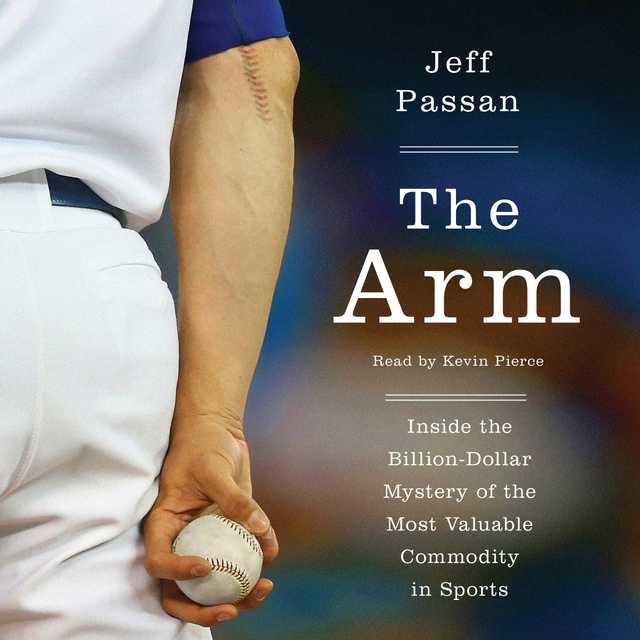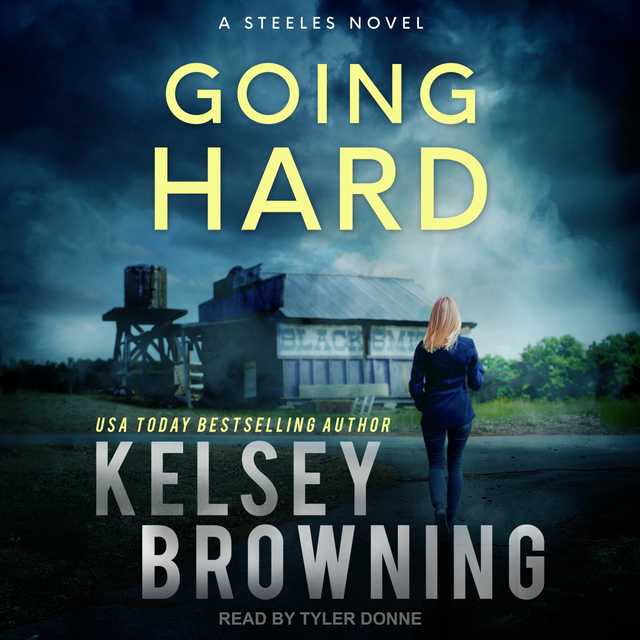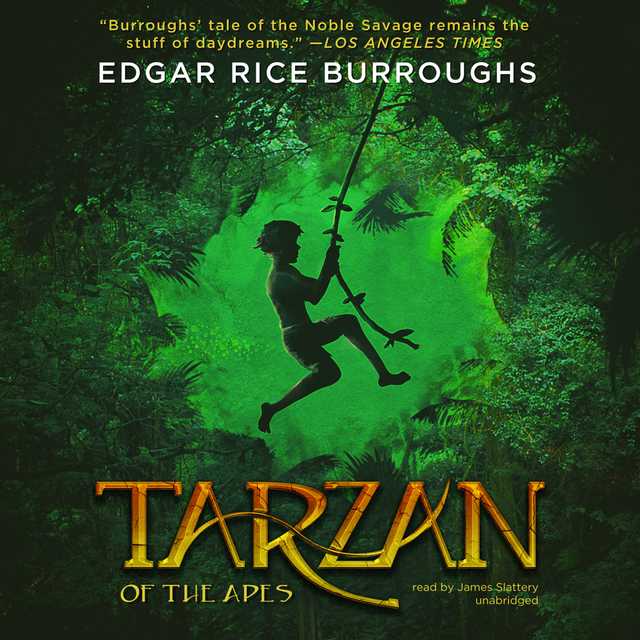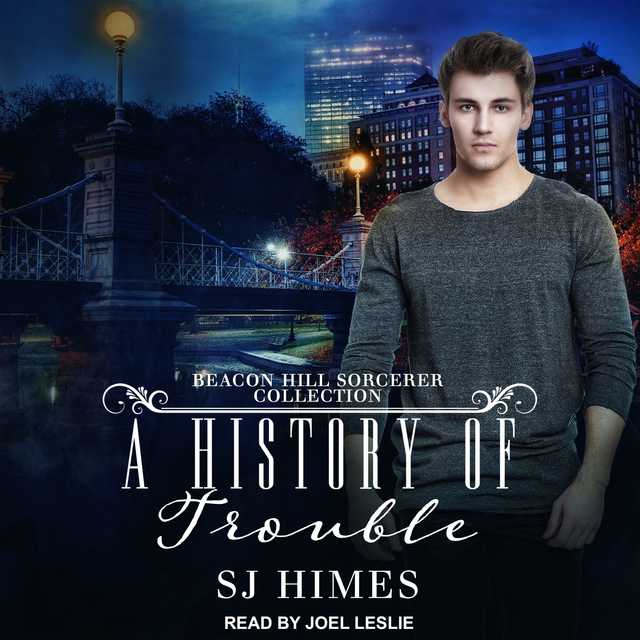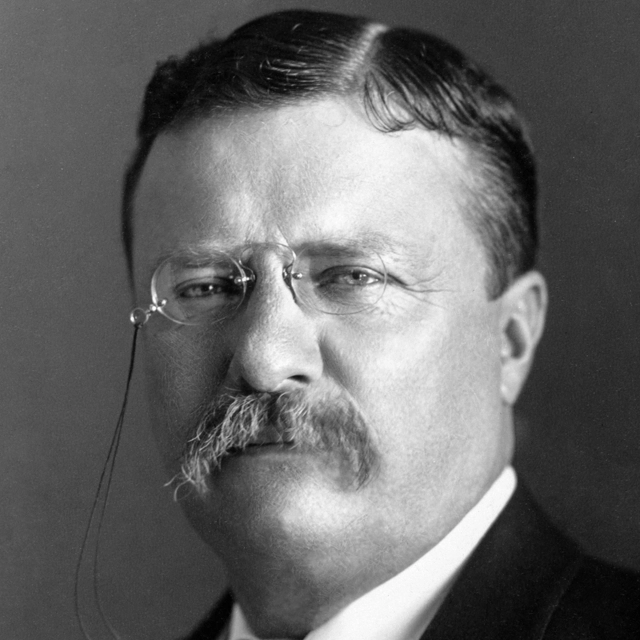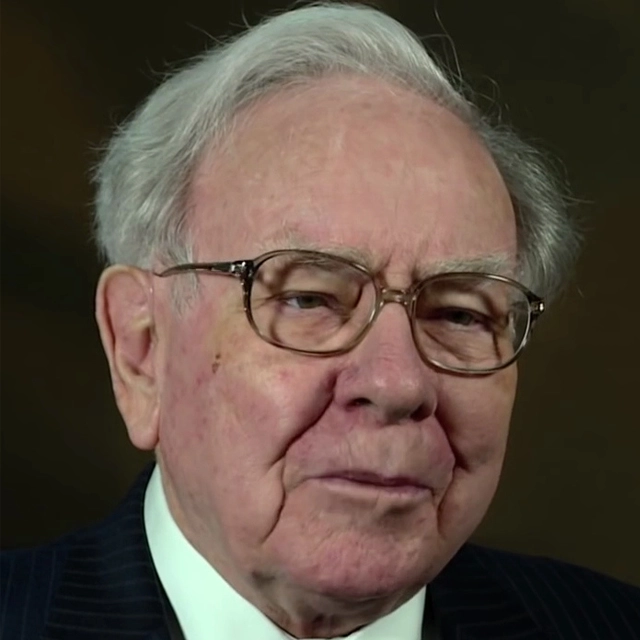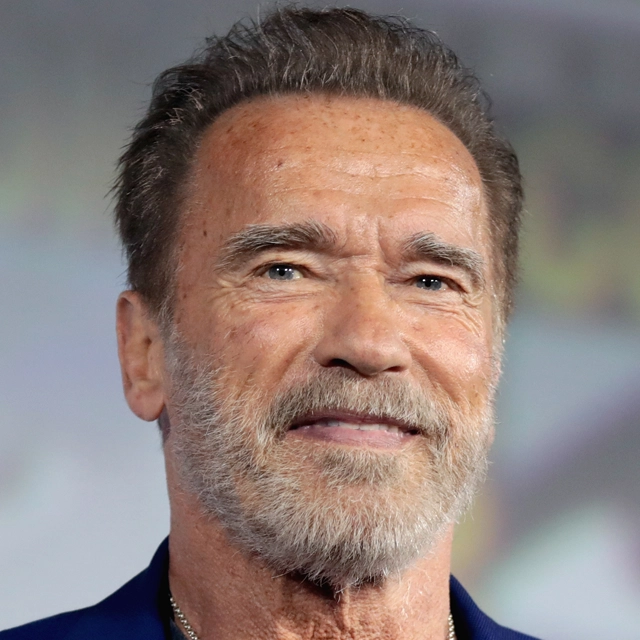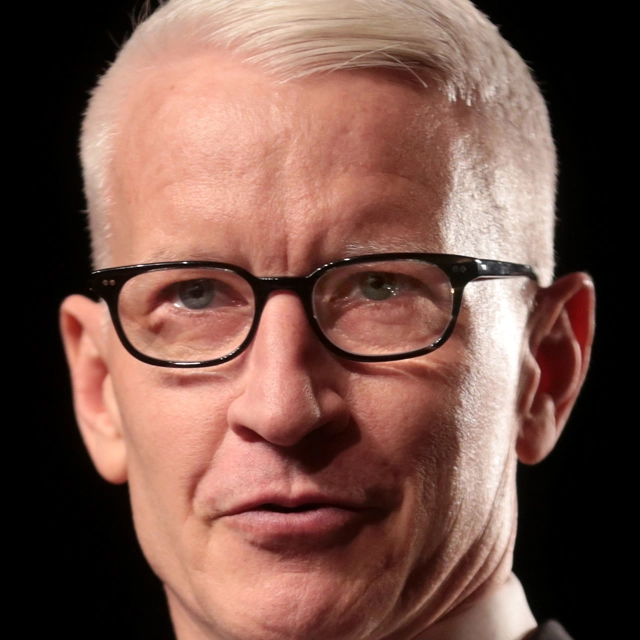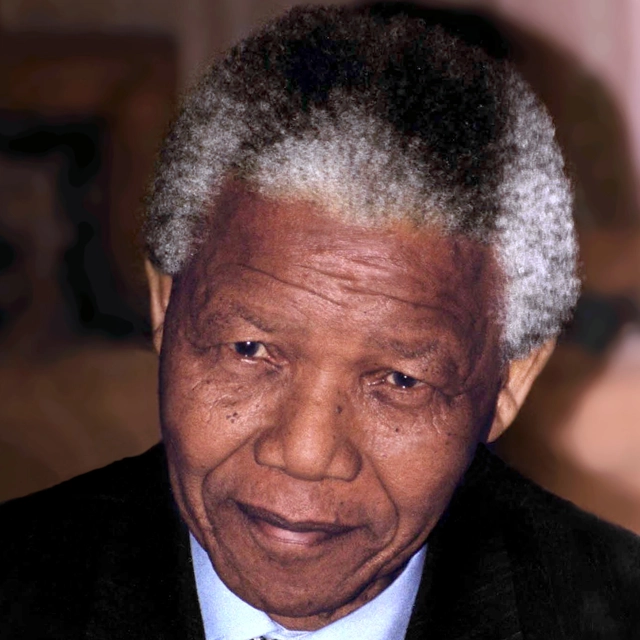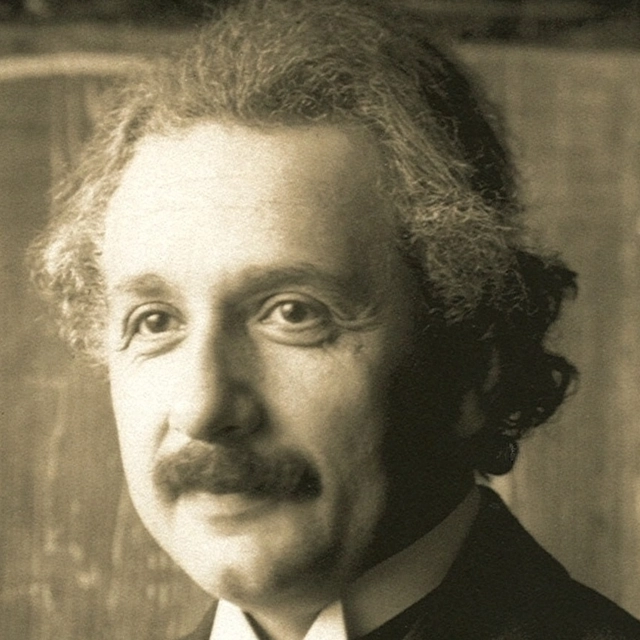The Arm Audiobook Summary
Yahoo’s lead baseball columnist offers an in-depth look at the most valuable commodity in sports–the pitching arm–and how its vulnerability to injury is hurting players and the game, from Little League to the majors.
Every year, Major League Baseball spends more than $1.5 billion on pitchers–five times more than the salary of every NFL quarterback combined. Pitchers are the game’s lifeblood. Their import is exceeded only by their fragility. One tiny band of tissue in the elbow, the ulnar collateral ligament, is snapping at unprecedented rates, leaving current big league players vulnerable and the coming generation of baseball-playing children dreading the three scariest words in the sport: Tommy John surgery.
Jeff Passan traveled the world for three years to explore in-depth the past, present, and future of the arm, and how its evolution left baseball struggling to wrangle its Tommy John surgery epidemic. He examined what compelled the Chicago Cubs to spend $155 million on one arm. He snagged a rare interview with Sandy Koufax, whose career was cut short by injury at thirty, and visited Japan to understand how another baseball-mad country treats its prized arms. And he followed two major league pitchers, Daniel Hudson and Todd Coffey, throughout their returns from Tommy John surgery. He exposes how the baseball establishment long ignored the rise in arm injuries and reveals how misplaced incentives across the sport stifle potential changes.
Injuries to the UCL start as early as Little League. Without a drastic cultural shift, baseball will continue to lose hundreds of millions of dollars annually to damaged pitchers, and another generation of children will suffer the same problems that vex current players. Informative and hard-hitting, The Arm is essential reading for everyone who loves the game, wants to keep their children healthy, or relishes a look into how a large, complex institution can fail so spectacularly.
Other Top Audiobooks
The Arm Audiobook Narrator
Kevin Pierce is the narrator of The Arm audiobook that was written by Jeff Passan
Jeff Passan is a baseball columnist at Yahoo Sports, where he has worked for the past decade. He is the coauthor of the critically acclaimed Death to the BCS. He lives in Kansas with his wife and sons.
About the Author(s) of The Arm
Jeff Passan is the author of The Arm
More From the Same
- Publisher : HarperAudio
- Abraham
- American Gods [TV Tie-In]
- Dead Ringer
- House of Sand and Fog
- Prey
The Arm Full Details
| Narrator | Kevin Pierce |
| Length | 12 hours 3 minutes |
| Author | Jeff Passan |
| Publisher | HarperAudio |
| Release date | April 05, 2016 |
| ISBN | 9780062445636 |
Additional info
The publisher of the The Arm is HarperAudio. The imprint is HarperAudio. It is supplied by HarperAudio. The ISBN-13 is 9780062445636.
Global Availability
This book is only available in the United States.
Goodreads Reviews
Will
July 29, 2020
For 130 years, pitchers have thrown a baseball overhand, and for 130 years, doing so has hurt them. Starter or reliever, left-handed or right-handed, short or tall, skinny or fat, soft-tossing or hard-throwing, old or young—it matters not who you are, what color your skin is, what country you’re from. The ulnar collateral ligament (UCL) , a stretchy, triangular band in the elbow that holds together the upper and lower arms, plays no favorites. If you throw a baseball, it can ruin you. When the UCL breaks, only one fix exists: Tommy John surgery…More than 50 percent of pitchers end up on the disabled list every season, on average for two months—plus, and one-quarter of major league pitchers today wear a zipper scar from Tommy John surgery along their elbows. Major League Baseball (MLB) currently spends about $1.5 billion a year on pitchers. There is considerable financial incentive for organized baseball to find a solution to this epidemic of injury. And there is certainly plenty of human need on the part of players and their families for something to be done. How did this plague of injuries come to be and what can be done about it? Jeff Passan - from the Sports Journalism Institute Jeff Passan is currently the lead baseball columnist at Yahoo! Sports. He got loose, picking up his journalism degree at Syracuse in 2002, did some soft-toss, covering Fresno State basketball for two years, warmed up his baseball writing in the hardball beat at the Kansas City Star for two years, and has been in the starting rotation with Yahoo for ten. “My dad worked at The Cleveland Plain Dealer for 40 years, so I knew what I wanted to do when I was 12 years old,” Passan said. “I was very lucky. My dad has been editing my stuff for 20 years now and I can say he’s the best editor I’ve ever had.” - from SJI articleI am sure his editors at Yahoo will be thrilled to know that. He co-authored Death to the BCS: The Definitive Case Against the Bowl Championship Series, published in 2010. The Arm is his first solo book. Mostly, I wanted to understand this for my son. He was five years old. He loved baseball. He wanted to play catch every day. He was hooked, like his dad. And the more I heard stories from other parents—of their sons getting hurt or boys they know quitting baseball teams because their arms no longer worked—the more I needed to figure out what was happening to the arm. Passan takes parallel approaches to his subject, mixing hardball facts with softer stuff. There is a lot of information to impart. He compares the current injury rate and occupational environment to those of the past. He looks at the structure of the arm, considers the stresses it endures and presents competing theories on the causes of the current epidemic. He spends time with experts in the current state of UCL injury medicine, and talks with several proponents of alternative approaches to injury prevention and rehabilitation. One of these is Doctor Tommy John, Jr. And yes, Passan does talk with TJ Senior as well. He examines promising models for the future, including one new surgery that could have a dramatic impact on recovery time and another training approach that shows promise as a way of preventing the injury in the first place. He follows through, making a large point of showing that many of the current approaches to prevention and rehab are based more on wishful thinking than on hard science. He also goes the distance, traveling to Japan to look at how things are done there, and seeing if their approach is better or worse for arms. Todd Coffey - from redmtnsports.com While I revel in theory and data, there are many for whom it is much more informative to see how this widespread and growing problem affects actual humans. Analyzing the causes and effects, lost revenue, and lost time can leave one remote to the impact on living players and families. Passan’s other, softer approach comes in here. He had hoped to find one pitcher who would allow him to tag along through the entirety of his Tommy John process. He managed to find two. The emotional, human heart of The Arm lies in the stories of professional pitchers Daniel Hudson of the Diamondbacks and Todd Coffey. Coffey succumbed to a need for Tommy John a second time while pitching for the LA Dodgers. Passan is our eyes and ears as we accompany Hudson and Coffey on their painful sojourn from the Major League venue, through surgery and rehab, and their daunting struggle to make it back to the show. It may take a team to win a pennant, and a medical team to stitch up a damaged limb, but it takes supreme dedication to a lengthy and tedious rehab program, persistent optimism and a supportive family to lift a player from the depths of a career-threatening injury back up to a place where the lifetime dream of pitching in the major leagues (and the income associated with that career) might again be realized. The physical pain of a UCL tear can be intense. The emotional pain on display here is heart-rending. The struggles the players endure are intense and long-lasting, the triumphs uplifting, the defeats crushing.Daniel Hudson - from ESPNOne of the joys of The Arm is when surprising bits of information drift past like an Eephus pitch or an RA Dickey knuckler. There was a time when surprising solutions were tried to address arm problems. In the 1950s in Brooklyn (not Victorian London) doctors working for the Dodgers actually extracted teeth from prize pitching prospect Karl Spooner. “They thought poison was coming down his shoulder,” said Sandy Koufax. One shudders to imagine what they might have tried when faced with a knee injury. Passan offers some chin music to organizations like Perfect Game, an entity that, among other things, organizes tournaments for promising young (sometimes absurdly young) amateur players, and has played a significant role in youth baseball. I had never heard of it before, and had no notion the impact such entities have had. In the absence of a better solution to this ongoing plague, and looking to biotech for an edge, I would expect that at some point in the not too distant future, MLB teams will require players to provide DNA and maybe even tissue samples for use by advanced labs so they can grow the parts that might someday need repair or replacement. (It does conjure a ballpark image for me of stadium hawkers peddling cold ones of a different sort from a beer cooler. “Getch yer tendons, heah,” but that’s just me.) A nifty look inside – from TopVelocity.netThere are some hopeful signs (one finger for likely, two for less certain?) for being able to stem this problem in future. Flush with a large sack of TV moolah, the Dodgers have invested some real money in an in-house think-tank looking at player health issues. As Passan points out, it would be better for the resulting intel to be available league-wide, rather than held by one team for competitive advantage, particularly as the Tommy John plague has struck children at an alarming rate. There is some promising research that looks to the relationship of forearm muscles to the UCL. Maybe forearm training can do for torn UCLs what increased shoulder muscle training did to reduce career death by torn rotator cuff a few decades ago. Jef Passan has the smooth delivery one would expect from someone who writes every day about sports. He drops in occasional dollops of absolutely lovely description like a 12-to-6 hook. The Currents Lounge inside the Hyatt Regency Jacksonville is a paint-by-numbers hotel bar, with a few flat-screen TVs, a menu of mediocre food, and a broad liquor selection to help people forget they’re drinking in a hotel bar in Jacksonville. It generates an urge to look around and find out where the down-at-the-heel PI is hoisting another ill-advised shot while waiting for a femme fatale client. Another: Nothing beats a major league mound, a ten-inch-high Kilimanjaro that few get to climb. Nobody in team sports commands a game like the pitcher. He dictates the pace and controls the tempo. A goalie in hockey or soccer can win a game with superior reaction. A pitcher prevents action. There is great power in that. So, a sweet, writerly changeup to go with his intel-rich heater. I have a particular interest in the subject matter here. A baseball fan since gestation, a Mets fan since their birth, I have been drooling over the possibility of (no, not tossing up a wet one) another trip to the MLB finale for my team, an organization with a collection of elite arms rarely seen in the history of the game. As a Mets fan forever, I am also far, far too familiar with the impact injury can have on the team, on any team. My Metsies’ chances flow nicely down the drain should the arms on which team hopes rest succumb to injury. Three of the five have already had Tommy John surgery, Zach Wheeler, Jacob DeGrom and Matt Harvey. How long can it be before Noah Syndergaard and rookie Steven Matz fall prey? As I was preparing this review, I came across an item of particular interest on the NY Mets site. Mets rotation features rare trio of flame-throwers, which focused attention on Noah Syndegaard, possessor of one of the most blazing fastballs in the game, and was reminded of one of the bits of intel in The Arm, namely that the higher the pitch speed, the likelier a pitcher is to be injured. The path from flame-thrower to flame-out is well worn and covered in the ash of lost dreams. And what if one of the already cut three should fall again? I am sure baseball fans everywhere share similar concerns. Even though, as followers of the national sport, we really have no impact on what happens on the field, it would be nice to at least be able to talk about the injury horrors from a base of knowledge, instead of the more usual dugout of pure, ill-informed bias. Passan’s The Arm offers fans that opportunity. If, like me, you get a bit queasy, reading detailed descriptions of bodily innards, if, like me you experience what seems phantom sensations in your joints when reading about things that may go wrong there, if, like me, you still have tenderness or feel far too vulnerable in body parts like those under consideration here, The Arm will lean on all those buttons and feed your inclinations toward physical discomfort. On the other hand (the good one) if you are a baseball fan (check), player (sadly, no), a coach (once, for many years) a parent of a player, or several (long ago), or a friend or a relation of a player, get over the quease, have a drink, or apply whatever substances, legal or prohibited, ease the condition (no, not an ice-pack to the elbow, but if that works, well, sure, why not), whatever will get you past the discomfort, and shake it off. Jeff Passan's opus is truly a sight for sore arms and must read for you. Review Posted - February 5, 2016Publication Date – April 5, 2016BTW - November 16, 2016 - Rick Porcello of the Boston Red Sox was awarded the American League Cy Young award. In April 2015 he had Tommy john surgery. Pretty frackin' amazing! ==========In the summer of 2019 GR reduced the allowable review size by 25%, from 20,000 to 15,000 characters. In order to accommodate the text beyond that I have moved it to the comments section directly below.
Chris
July 02, 2016
This was a very good book. It covers one of the biggest issues in baseball - how the hell do you keep a pitcher's arm healthy? As a hook, Passan focuses on two pitchers trying to make it back from Tommy John surgery: Daniel Hudson and Todd Coffey. By the end, Hudson is back with the Diamondbacks, while Coffey is trying to restart his career in the Mexican League. The stories of those two pitchers and their ups-and-downs provide the human element - what it's like to be a pitcher with all the uncertainties, doubts, and other problems. Should you cancel a workout in front of scouts because your arm is a little sore? Should you delete your twitter account lest you say something offensive that turns teams off you? How do you handle the day when you're no longer a pitcher? Like I said, that's the human element.But for me the more interesting parts of the book were the other chapters. Only every other chapter is on Hudson and Coffey surviving in rehab hell. The rest are on the issues surrounding the arm. You get a chapter on the rise of youth baseball and the Perfect Game academy that essentially everyone in baseball thinks is a horrible thing for arms. (Well, everyone but the guy in charge of Perfect Academy, who is trying to spread it out to 9-year-olds and increase its presence). You get a chapter on arm problems in Japan, a chapter on Tommy John and Dr. Frank Jobe, and a really nice chapter where Jeff Passan was allowed to get an inside seat to Jon Lester's free agency negotiations. Towards the end, Passan takes a bigger picture at the overall debate on the elbow - and basically argues it's one giant swamp where all sorts of experts and so-called experts have totally differing opinions on what to do. Passan does see some glimmers of hope in a chapter near the end, but for now it's still uncertain.It's a good book and worth reading. It's nothing revelationary, because the debate on the elbow hasn't had any revelations in quite a while. I do wish there was an index, because by the time I'd gotten to the Epilogue (which catches us up with some of the people from previous chapters), I'd forgotten who some of the people even were or which one was which.
Glen
June 05, 2017
Intriguing analysis of the problem of "the arm" in baseball. The most valuable commodity in the sport is also its most fragile. The most shocking thing I learned is that MRIs cost $70 in Japan, compared to $1000 in the U.S.
John
September 18, 2016
This is an extremely well researched look into the history of Tommy John surgery and the injury epidemic that is currently ravaging MLB pitchers. Jeff Passan blends personal stories from the major leagues and little league, and even dives into Japanese baseball. He develops a close relationship with Todd Coffey and Daniel Hudson, two MLB pitchers attempting to return from devastating elbow surgery. He chronicles their feelings, their struggles, and really takes you into the mind of a pitcher whose career hangs in the balance.Passan even goes into the operating room to learn what really happens when a pitcher undergoes Tommy John surgery. You might not want to read the first chapter with your lunch, as I did.Overall, a really interesting read for any baseball fan.
Vaughn
June 06, 2016
Audio - this consideration of the travails of a ligament just a couple of inches long is an interesting peek into the stresses - physical and emotional - of baseball pitchers. I enjoyed the author's use of personal stories to illustrate the process from injury to rehabilitation to eventual recovery (or not). I was surprised to learn how slow Major League Baseball has been to launch investigations into causes and remedies for the arms of their most valuable commodity. It is reminiscent of how the National Football League is slow to even consider CTE as a workplace hazard.
Tomer
February 06, 2020
For baseball fans, a must-read. But it’s great even for those who just love a story about the human spirit and it’s desire to solve problems — even if an exact solution is currently unattainable. A truly wonderful book.
Martin
May 25, 2017
The thing about non fiction is that you can't make up an ideal ending and this book is a great example. I was really hoping for a definitive conclusion on why pitchers arms break so often and maybe more personally why Mark Prior who I watched at Wrigley field in complete awe never fully recovered from his arm injury. Was he overpitched as a kid and/or in the majors, were his mechanics not sound or was it bad luck or a combination of all of these things.As Jeff Pasan concludes there are no complete answers at present but he gives a very well researched account into the likely causesYear round pitching, velocity, lack of recovery time, mechanics, trainingwhile giving us an insiders view into recovering from Tommy John surgery by following. Jeff actually says at the end that the book wouldn't of worked without this and he is spot on. Apart from the player narrative I found the bit about kids baseball and its evolution into a product most interesting and disturbing. Parents literally chasing the end of the rainbow for the pot of gold and paying heavily for the privilege. Carried along by the carrot and stick that is the kids national rankings. British sport is usually 5-10 years behind America and I expect this to happen more and more over here with football. Michael Calvins new book appears to be about this very subject so will be interesting to compare.
Fred
July 22, 2020
Jeff Passan's book is a gift for baseball fans. It is informative, entertaining, honest and extremely well written. He takes us on a journey to answer a question that has puzzled many who love there national pastime: why do so many pitchers break down? The follow up question is equally important. Is there anything anyone can do the stop the continuous stream of injured arms throughout baseball? The journey takes us back into history to examine the world before pitch counts when starter threw complete games. We see the first ever "Tommy John" surgery and watch how the follow up rehab changes over time. We discover the world of youth travel ball where gifted, pre-pubescent kids throw for radar guns, play year around and end up getting surgery before graduating high school. We see the charlatans, the gurus, the research doctors and above all the pitchers themselves as they come back from injury. In this way Passan weaves together the science, the sport and the the very human aspects of arm injuries. He takes us to Japan where pitchers follow a totally different throwing regimen but end up with many of the same injuries. The fact that so many people investing so much money know so little about something so important hovers over the narrative. It is fascinating.
Danny
May 22, 2016
It's rare that this level of journalism occurs in the sports world (or anywhere else really) so it's refreshing to see Jeff Passan turn a truthful and angry eye towards the neglect on the part of Major League Baseball and organized youth baseball organizations regarding pitching arms. One of the key takeaways of this book is how little we still know about the elbow. The epidemic of Tommy John surgeries throughout professional baseball is well known if you're into such things, but kids as young as 13-14 are having this operation as well. And they're having it a lot. Teams, such as the Dodgers, are building serious think tanks to try to combat this problem, which is good, except for the fact that all the information they gather is proprietary and they have no interest in sharing their findings to keep everyone healthy, only to gain a competitive edge. Similar to the concussion issue in Football, it's probably time to stop thinking about your own bottom line and start making sure we are able to keep players', and kids, arms healthy.
Alexis
July 13, 2017
This book was a great analysis of the problem with young pitchers blowing out their arms. Daniel Hudson and Todd Coffey were two major league pitchers who had two Tommy John surgeries... and while Hudson handled his injury well and I enjoyed following his story, I couldn't help but hate Coffey. A former MLB pitcher who cheated on his wife and taped it on his phone, who did nothing but whine about not being signed when clearly there were younger pitchers who were much better than him (but he was too blind and arrogant to see it), who still felt like refusing the one minor league offer that he got because he felt like it was below him... I couldn't create a more unlikable character if I tried. But overall, I enjoyed Passan's writing style and his approach to this subject. I would recommend this to any fans of baseball or medicine.
Kevin
March 15, 2020
I started this book last spring but had to stop as the demands of teaching took over. I returned to the book today and finished before 11 p.m. Passan's mixture of storytelling and information synthesis works well for those who are more than passing fans of baseball. His ability to create an understandable assessment of a very, very complex problem makes this book very worthwhile. Now, I must simply wait on when the 2020 season will begin ... if ever.
Frequently asked questions
Listening to audiobooks not only easy, it is also very convenient. You can listen to audiobooks on almost every device. From your laptop to your smart phone or even a smart speaker like Apple HomePod or even Alexa. Here’s how you can get started listening to audiobooks.
- 1. Download your favorite audiobook app such as Speechify.
- 2. Sign up for an account.
- 3. Browse the library for the best audiobooks and select the first one for free
- 4. Download the audiobook file to your device
- 5. Open the Speechify audiobook app and select the audiobook you want to listen to.
- 6. Adjust the playback speed and other settings to your preference.
- 7. Press play and enjoy!
While you can listen to the bestsellers on almost any device, and preferences may vary, generally smart phones are offer the most convenience factor. You could be working out, grocery shopping, or even watching your dog in the dog park on a Saturday morning.
However, most audiobook apps work across multiple devices so you can pick up that riveting new Stephen King book you started at the dog park, back on your laptop when you get back home.
Speechify is one of the best apps for audiobooks. The pricing structure is the most competitive in the market and the app is easy to use. It features the best sellers and award winning authors. Listen to your favorite books or discover new ones and listen to real voice actors read to you. Getting started is easy, the first book is free.
Research showcasing the brain health benefits of reading on a regular basis is wide-ranging and undeniable. However, research comparing the benefits of reading vs listening is much more sparse. According to professor of psychology and author Dr. Kristen Willeumier, though, there is good reason to believe that the reading experience provided by audiobooks offers many of the same brain benefits as reading a physical book.
Audiobooks are recordings of books that are read aloud by a professional voice actor. The recordings are typically available for purchase and download in digital formats such as MP3, WMA, or AAC. They can also be streamed from online services like Speechify, Audible, AppleBooks, or Spotify.
You simply download the app onto your smart phone, create your account, and in Speechify, you can choose your first book, from our vast library of best-sellers and classics, to read for free.
Audiobooks, like real books can add up over time. Here’s where you can listen to audiobooks for free. Speechify let’s you read your first best seller for free. Apart from that, we have a vast selection of free audiobooks that you can enjoy. Get the same rich experience no matter if the book was free or not.
It depends. Yes, there are free audiobooks and paid audiobooks. Speechify offers a blend of both!
It varies. The easiest way depends on a few things. The app and service you use, which device, and platform. Speechify is the easiest way to listen to audiobooks. Downloading the app is quick. It is not a large app and does not eat up space on your iPhone or Android device.
Listening to audiobooks on your smart phone, with Speechify, is the easiest way to listen to audiobooks.

